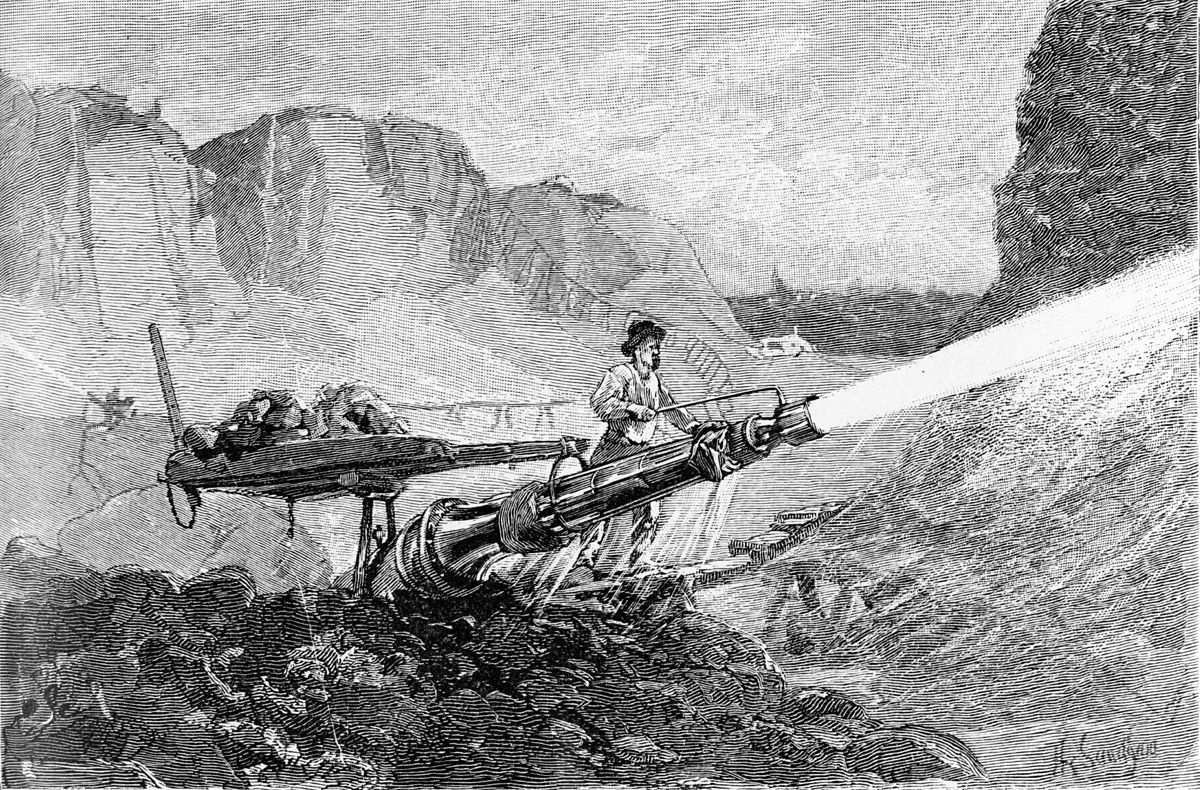FlatSix911
Well-Known Member
- Region
- USA
- City
- Silicon Valley
Todays ride required filtration! View attachment 65642
If that much filtration is required... then a hard pass from me!
Todays ride required filtration! View attachment 65642
Those masks are / were available at Lee Valley. They are made in the UK and have a high N 99.97 rating . I could take full deep breaths and not feel /smell or taste any smoke so I highly tout them for riding on planet Arrakis. And after waiting for days for the smoke to clear it felt GREAT to hit the trails again. https://www.leevalley.com/en-ca/sho...asks/74167-elipse-low-profile-dust-respiratorIf that much filtration is required... then a hard pass from me!
Ford and Willys if I remember correctly.Ford made Jeeps for the war, I think.
Saw this on my ride yesterday. Another what is it quiz;
View attachment 65970
Hint: this is on display at a California State Historic Park.
Yes they did, and that one is a Model MB. My First Vehicle was one of them, that I used to drive to High School in '56, '57 & '58.As I turned away from the International, I found this under a tree;
View attachment 65920
Looked like all the pieces and parts were still there, but leaves filled much of the 'cab'.
The original manufacturer's info was still visible riveted to the dash;
View attachment 65921
Ford made Jeeps for the war, I think. Anyone know?
Yep. The 1/2 ball joint to the left gives it away as a part if a 'water cannon'.
What did they call the water cannons?

And we have a winner!I had to search to find the answer... A Monitor!
California Gold Rush
Hydraulic mining - Wikipedia
en.wikipedia.org
Gold miners excavate an eroded bluff with jets of water at a placer mine in Dutch Flat, California sometime between 1857 and 1870.
The modern form of hydraulic mining, using jets of water directed under very high pressure through hoses and nozzles at gold-bearing upland paleogravels, was first used by Edward Matteson near Nevada City, California in 1853 during the California Gold Rush.[3] Matteson used canvas hose which was later replaced with crinoline hose by the 1860s.[4] In California, hydraulic mining often brought water from higher locations for long distances to holding ponds several hundred feet above the area to be mined. California hydraulic mining exploited gravel deposits, making it a form of placer mining.
Early placer miners in California discovered that the more gravel they could process, the more gold they were likely to find. Instead of working with pans, sluice boxes, long toms, and rockers, miners collaborated to find ways to process larger quantities of gravel more rapidly. Hydraulic mining became the largest-scale, and most devastating, form of placer mining. Water was redirected into an ever-narrowing channel, through a large canvas hose, and out through a giant iron nozzle, called a "monitor". The extremely high pressure stream was used to wash entire hillsides through enormous sluices.
By the early 1860s, while hydraulic mining was at its height, small-scale placer mining had largely exhausted the rich surface placers, and the mining industry turned to hard rock (called quartz mining in California) or hydraulic mining, which required larger organizations and much more capital. By the mid-1880s, it is estimated that 11 million ounces of gold (worth approximately US$7.5 billion at mid-2006 prices) had been recovered by hydraulic mining in the California Gold Rush.
View attachment 66005
In the east it is common to see weird speed limits like 7.5 mph in campgrounds. They think people are more to pay attention to odd numbers than say 10 mph...Pretty specific sped limit sign on a local backroad;
View attachment 65674
It got my attention so I'm guessing it works for everyone else?